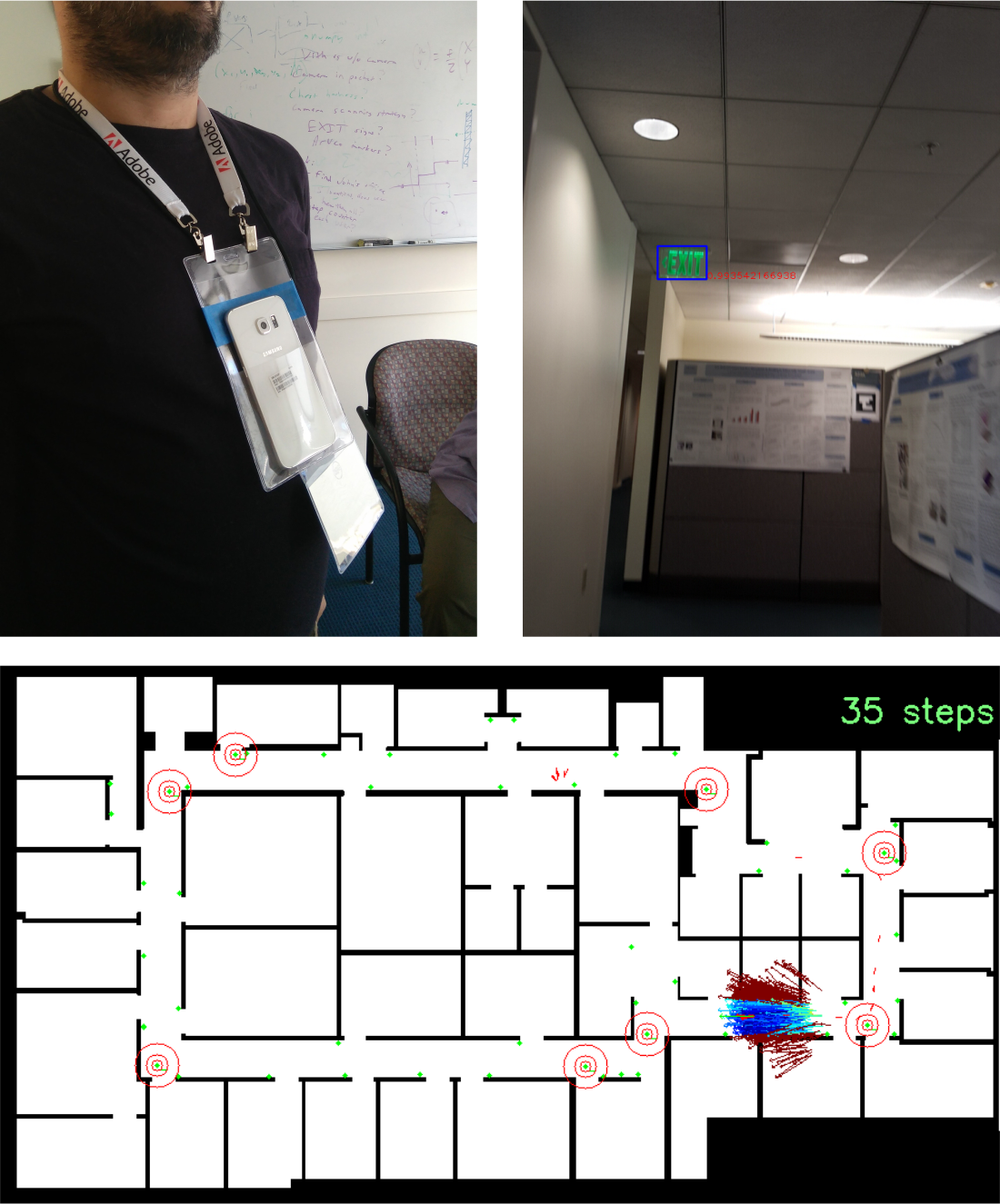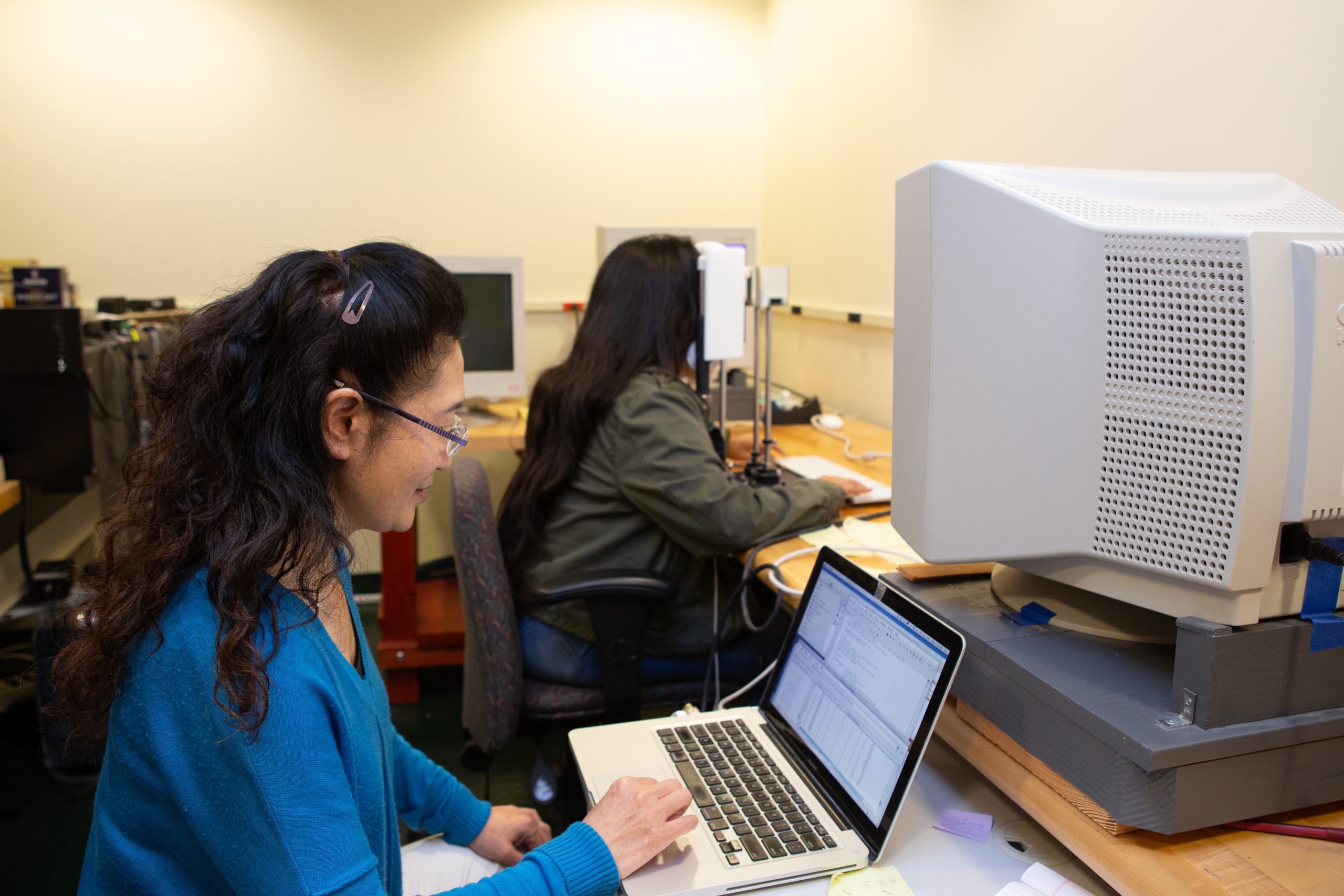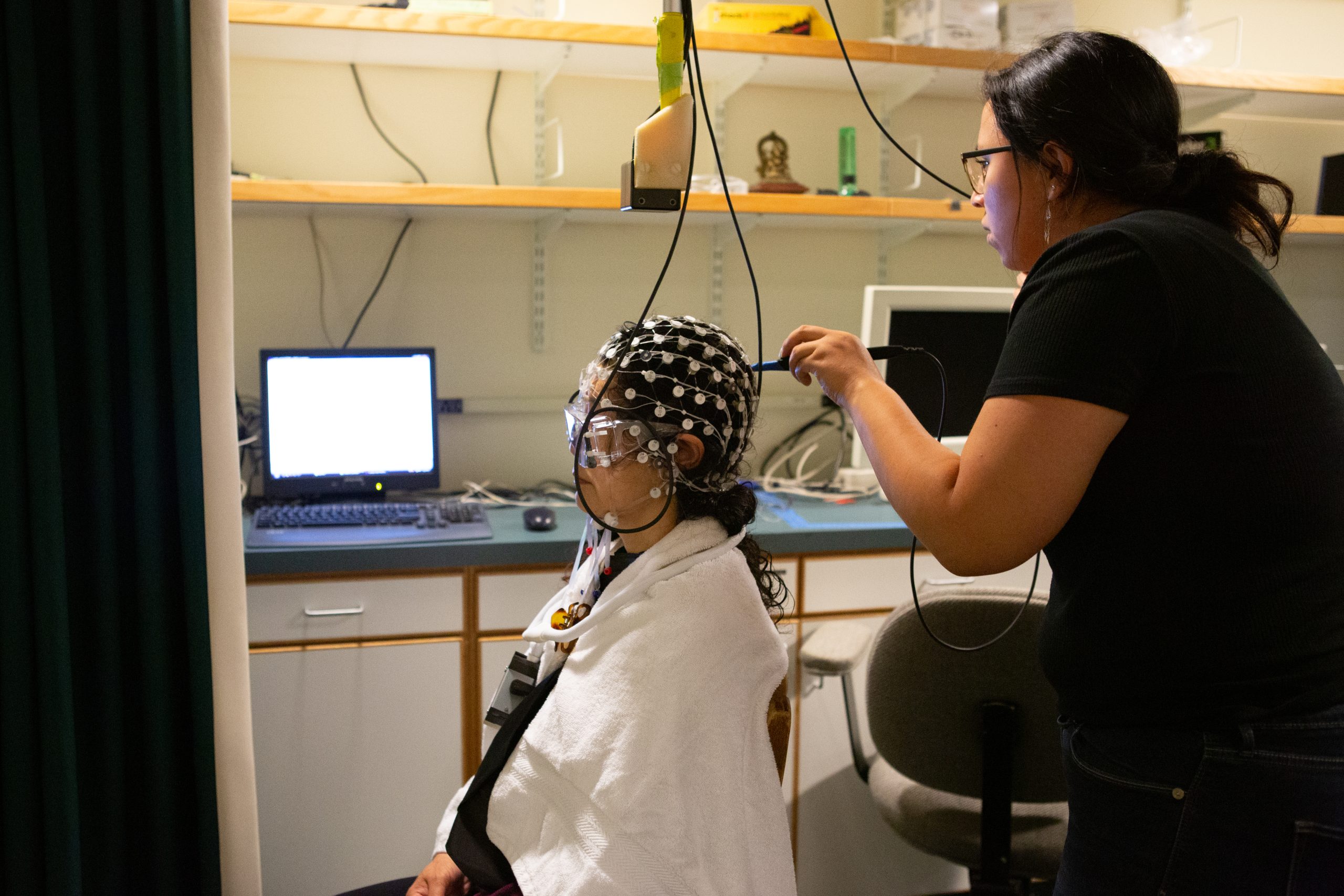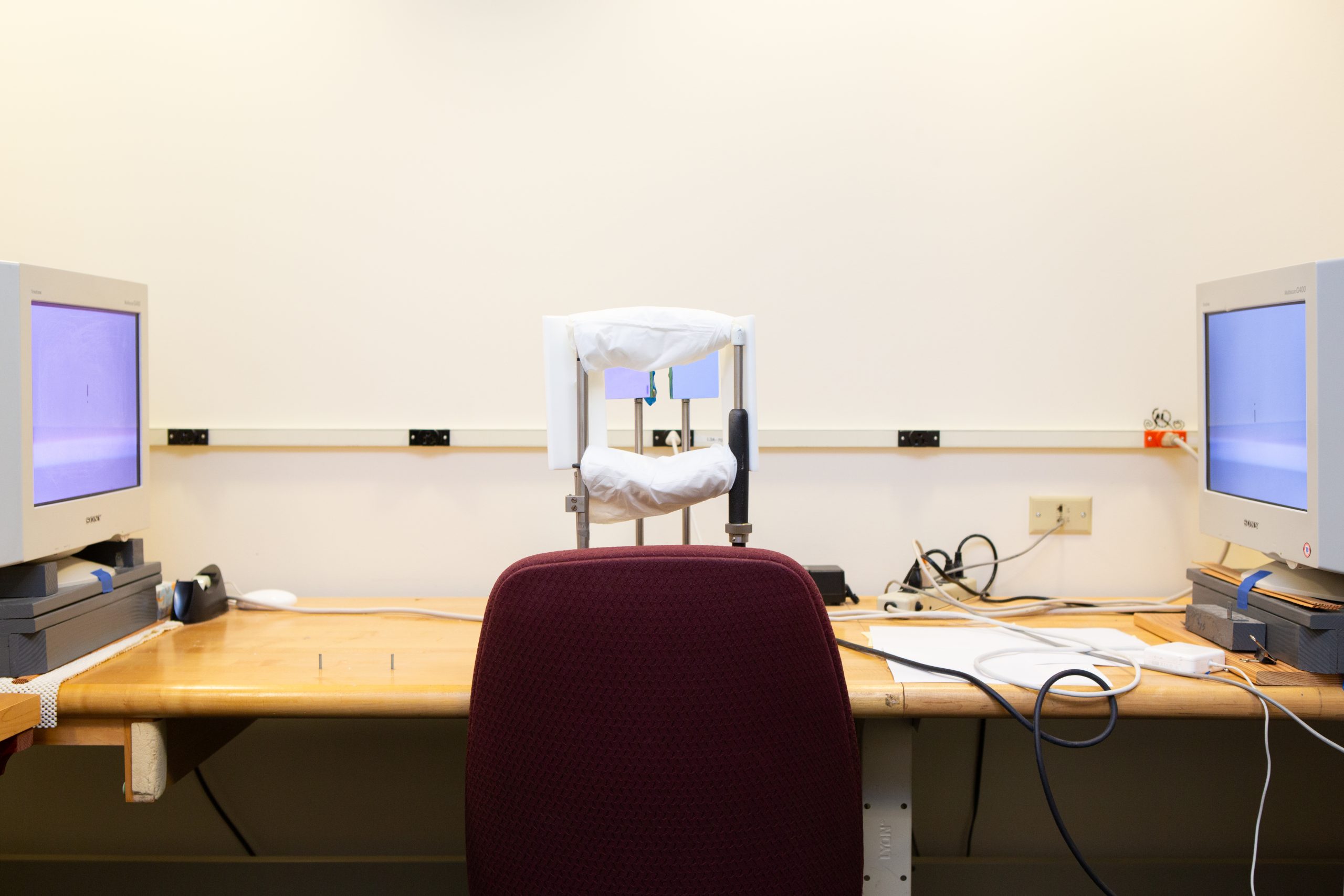Describeathon 2019 Announced!
Audio/Tactile BART Station Maps
overTHERE
Sign Finder
This project seeks to develop a computer vision-based system that allows a visually impaired traveler to find and read informational signs, such as signs labeling office doors, streets, restrooms and Exit signs.
Link open source code
Tutorials and Reference
These are tutorials and reference materials I have written on various topics in probability and geometry over the years.
A Computer Vision-Based Indoor Wayfinding Tool
The ability to navigate safely and confidently is a fundamental requirement for independent travel and access to many settings such as work, school, shopping, transit and healthcare. Navigation is particularly challenging for people with visual impairments, who have limited ability to see signs, landmarks or maps posted in the environment.
The Role of Selective Visual Attention in Amblyopic Suppression
Individuals with strabismus are confronted with double vision, their brain has to choose to attend to one image and ignore or suppress the other. It has been commonly suggested that a constant suppression on the non-preferred eye in strabismus is responsible for the development of amblyopia. In the current project, we study the role of top-influences of attention in amblyopic suppression and test the hypothesis that visual suppression in amblyopia may be a form of long-term attentional “neglect”.
Alleviating interocular suppression by high-attention demand training in amblyopia
The goal of this project is to test a hypothesis that whether or not training patients to pay more attention to the input from the amblyopic eye can overcome interocular suppression to treat amblyopia.
Fellow Eye Deficits in Strabismic Amblyopia
Fellow eye abnormalities have been reported in a number of psychophysical and VEP studies. The goal of this project is to characterize the fellow eye deficits.
Grouping and Perception in Different Types of Amblyopia
This project was to measure the neural correlates of grouping and perception in different types of amblyopia. We found that strabismus generates significant abnormalities at both early and later stages of cortical processing and, importantly, that these abnormalities are independent of visual-acuity deficits






